The hot weather with high temperatures will reduce the resistance of livestock and poultry, making them susceptible to diseases, negatively affecting their growth ability. To protect livestock, the agricultural sector and localities in Quang Tri province have recommended that farmers proactively implement measures to prevent and combat heat to limit economic losses and the risk of disease outbreaks.

Farmers in Tay Chinh hamlet, Lao Bao town, Huong Hoa district build airy barns and provide enough food to increase resistance for cows during the hot season - Photo: LA
With many years of experience raising buffalo and cows, Mr. Le Huong in Tay Chinh hamlet, Lao Bao town, Huong Hoa district has proactively implemented measures to protect his livestock from the heat.
According to Mr. Huong, raising buffalo and cows is mainly done in open barns, so he only uses basic heat-resistant measures such as: keeping the barn well-ventilated; installing a removable sunshade system around the barn; covering the roof with straw and leaves; and adding an electric fan to cool the livestock during peak heat.
In addition, the physiological characteristics of buffalo and cows are poor heat tolerance, low breeding efficiency. Therefore, he proactively stored green roughage, increased the amount of concentrated feed and added vitamin C and minerals to the diet.
Provide adequate drinking water and regularly bathe the buffalo and cows. In addition, he also strengthens disease prevention measures such as: cleaning and disinfecting barns and livestock equipment; fully vaccinating the cattle to enhance immunity; spraying insecticide to kill ticks, flies... which are vectors of disease for buffalo and cows.
Mr. Nguyen Van Dang's chicken farm in Dien Khanh village, Hai Duong commune, Hai Lang district regularly raises about 16,000 - 20,000 chickens. Entering the hot season, along with reducing the total flock to ensure appropriate stocking density, he proactively checked the barns and prepared heat-proofing plans for the chickens.
During hot weather, he operates the ventilation fan system and the evaporative cooling system in the barn at full capacity to blow hot air and toxic gases from chicken waste outside, ensuring that the barn is always cool. In addition, he also invested in installing a misting system to cool the roof and outside the barn.
According to Mr. Dang's experience, when raising chickens on an industrial scale, in a closed cage, farmers need to check and strictly follow technical instructions, to prevent power outages or cooling systems in the cage from malfunctioning, having technical errors, and not ensuring operation. If possible, install automatic warning systems and invest in generators to promptly fix technical problems that occur.
Head of the Hai Lang District Animal Husbandry and Veterinary Station (CN&TY), Tran Quoc Luong, informed that from the beginning of the hot season, the unit has coordinated with localities to actively propagate and instruct farmers on measures to protect livestock from the heat.
“In case livestock and poultry show signs of disease and rapid spread, it is necessary to immediately notify the local veterinary staff for timely intervention. When livestock and poultry show signs of disease, it is necessary to strictly implement regulations on disease prevention, absolutely do not sell them, strictly follow the instructions of local authorities and veterinary staff to control and prevent the disease from spreading widely,” Mr. Luong emphasized.
The province currently has more than 83,300 buffaloes and cows, nearly 233,500 pigs and over 3.9 million poultry of all kinds. According to the forecast of the National Center for Hydro-Meteorological Forecasting, in the coming time, the weather will continue to be especially hot and dry with high temperatures.
This is an unfavorable condition that reduces the resistance of livestock and is a favorable condition for many dangerous diseases to arise and spread such as: diarrhea, foot and mouth disease, blue ear disease, heat stroke, septicemia in buffaloes and cows...
Therefore, livestock farmers should absolutely not let their livestock roam freely during hot times of the day; regularly bathe them to reduce body temperature and prevent skin diseases; and keep them in barns or in areas with trees and shade.
Ensure that the barn is high, clean, airy, and suitable for each type of livestock; cover the barn roof with leaves, straw, and plant climbing plants to prevent direct heat; spray water on the roof or mist the barn. Increase the reserve of green roughage; increase the resistance of livestock by giving Bcomplex, vitamin C, electrolytes, digestive enzymes, etc.
For large-scale farms, it is recommended to reduce livestock density and spread out the time between batches. For closed barns, it is necessary to regularly check the barn temperature, invest in a generator to avoid power outages, renovate the barn to be airy or use exhaust fans to increase air circulation, reduce temperature and toxic gases in the barn.
In addition, livestock farmers need to increase the hygiene of barns and livestock equipment; spray disinfectants periodically. Closely monitor and supervise the condition of livestock to promptly detect sick livestock and poultry for isolation, treatment and timely handling, especially for diseases of the digestive tract, respiratory tract and infectious diseases. Actively vaccinate livestock and poultry according to regulations.
“After prolonged heat waves, livestock and poultry are often tired, their resistance is reduced, the risk of disease increases, and the amount of milk and eggs decreases... so farmers need to have a plan to promptly supplement vitamins, nutrients and minerals... to improve the health of livestock. Enhance care for young livestock because their resistance is lower than that of adults,” Mr. An added.
Le An
Source: https://baoquangtri.vn/chu-dong-bao-ve-dan-vat-nuoi-trong-mua-nang-nong-186639.htm






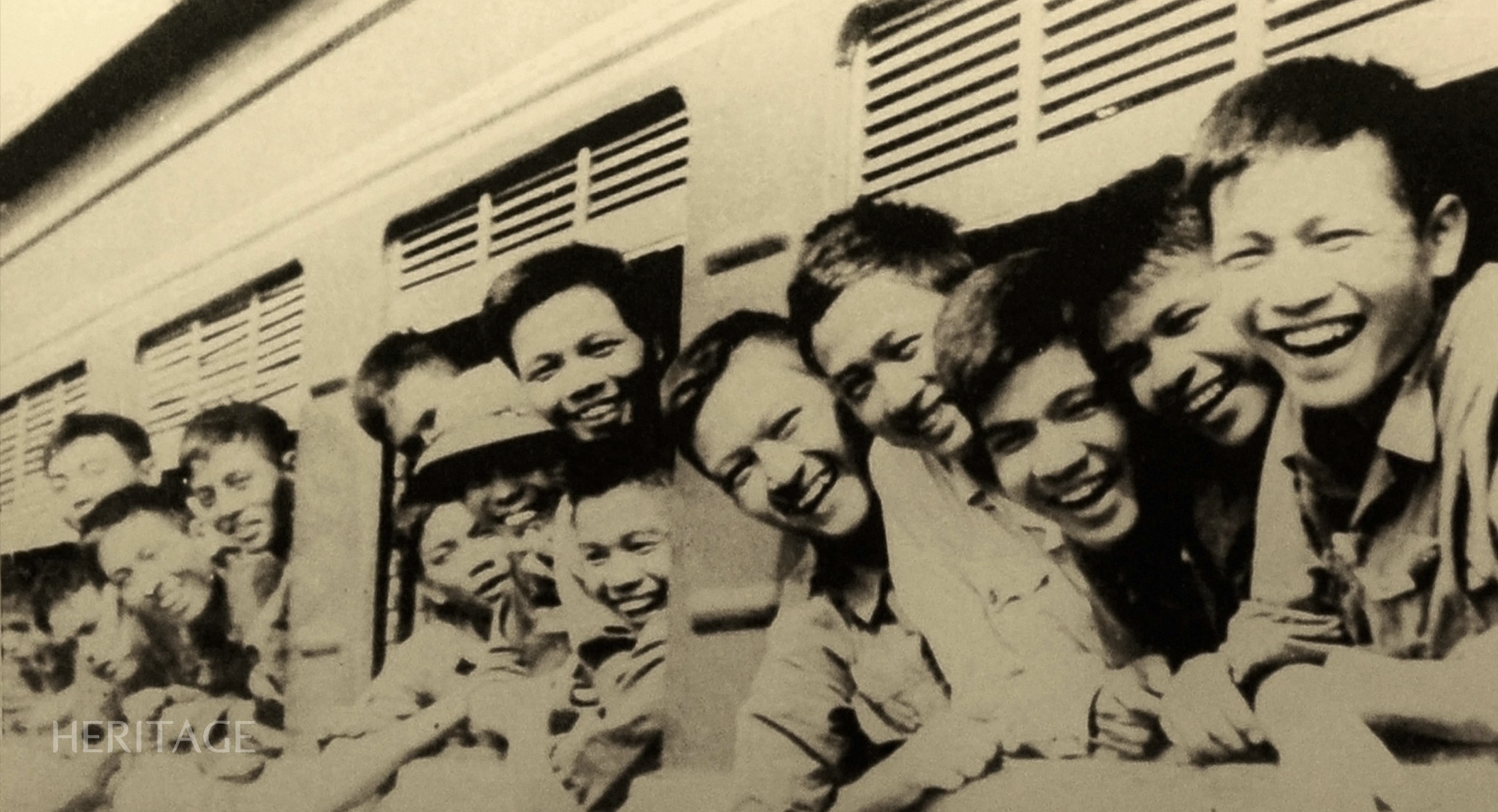
![[Photo] Closing of the 11th Conference of the 13th Central Committee of the Communist Party of Vietnam](https://vstatic.vietnam.vn/vietnam/resource/IMAGE/2025/4/12/114b57fe6e9b4814a5ddfacf6dfe5b7f)
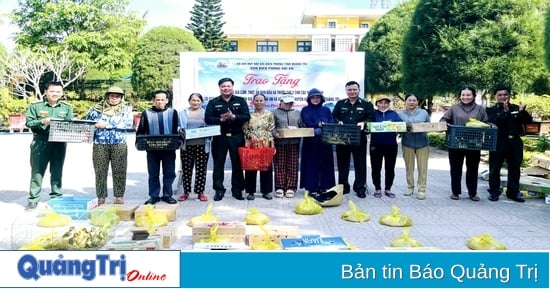







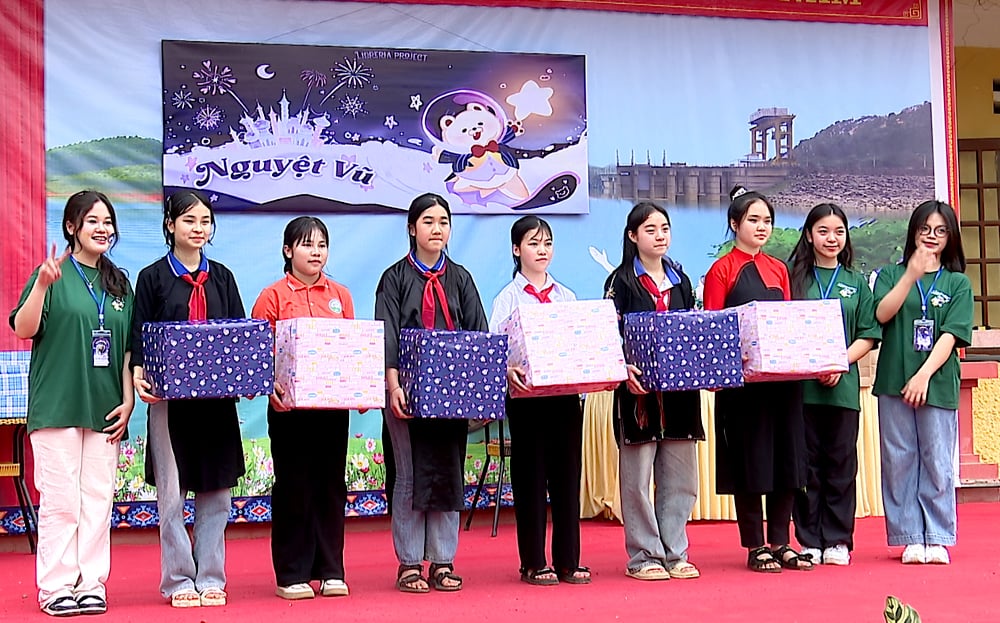
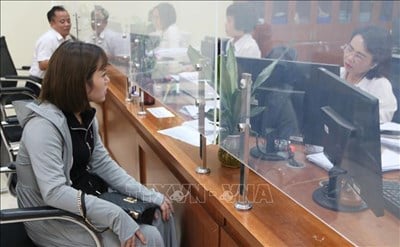
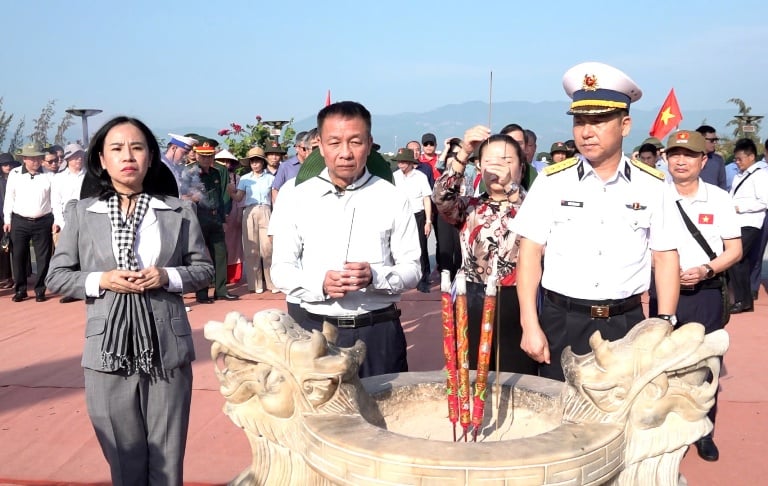










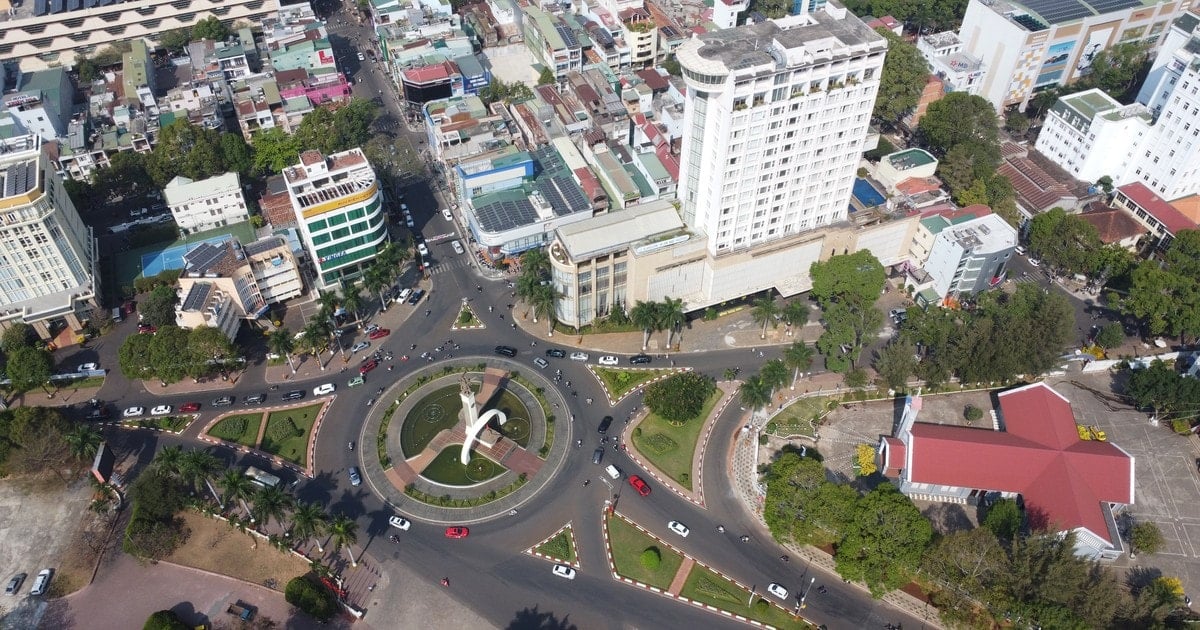

![[Photo] Overcoming all difficulties, speeding up construction progress of Hoa Binh Hydropower Plant Expansion Project](https://vstatic.vietnam.vn/vietnam/resource/IMAGE/2025/4/12/bff04b551e98484c84d74c8faa3526e0)













































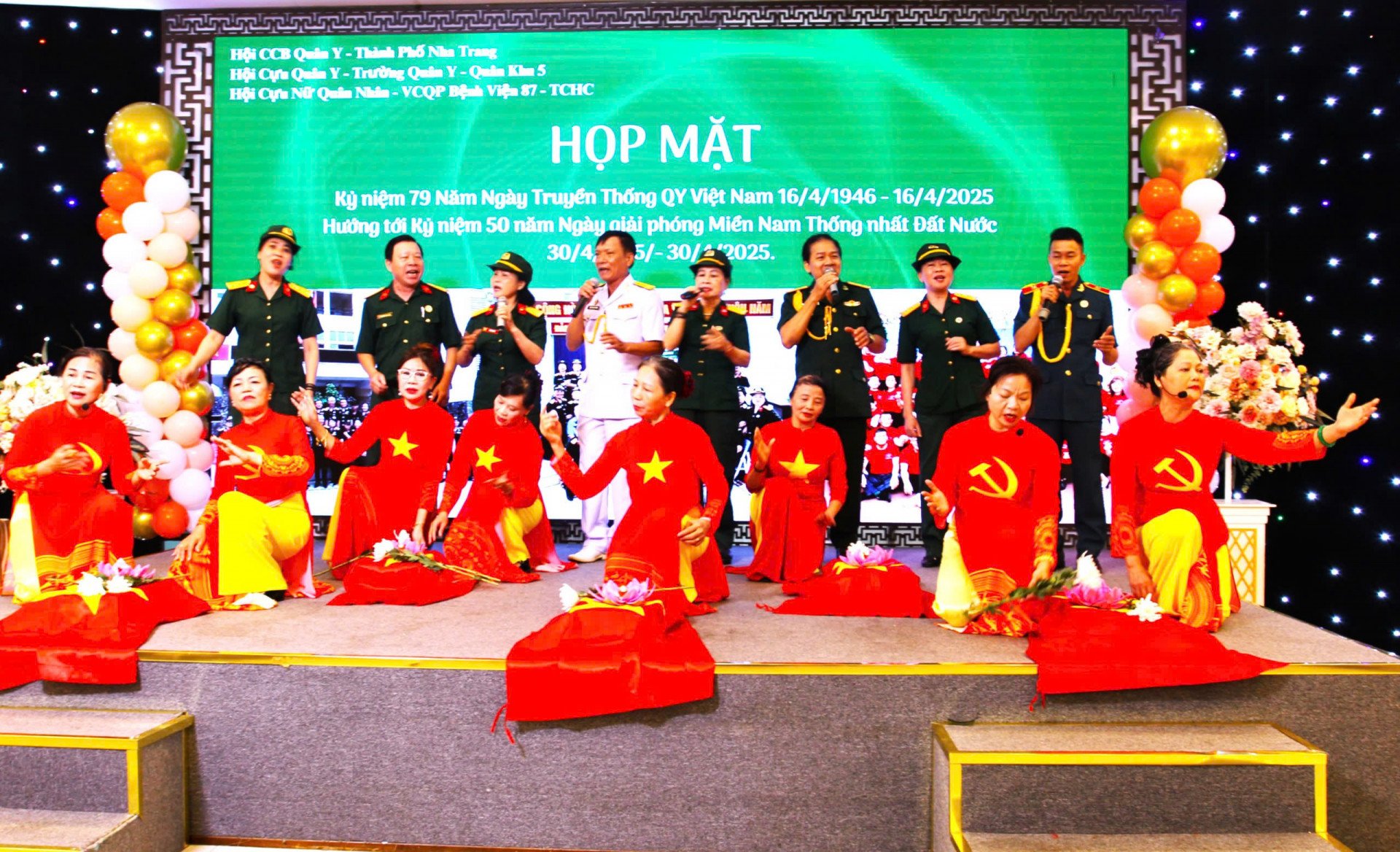

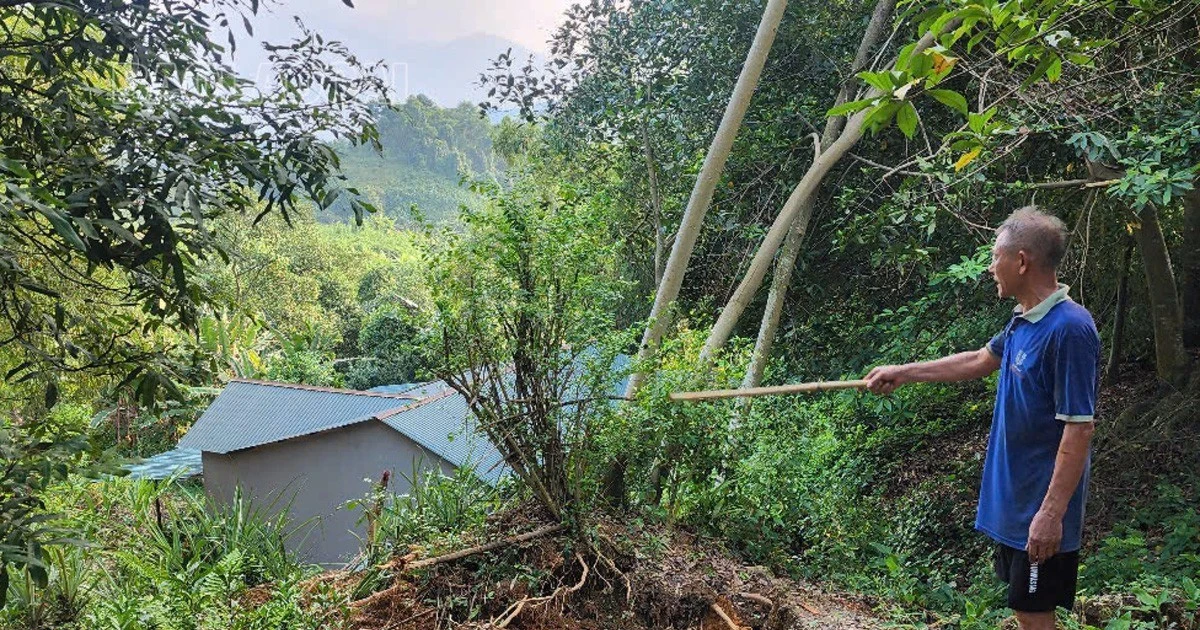

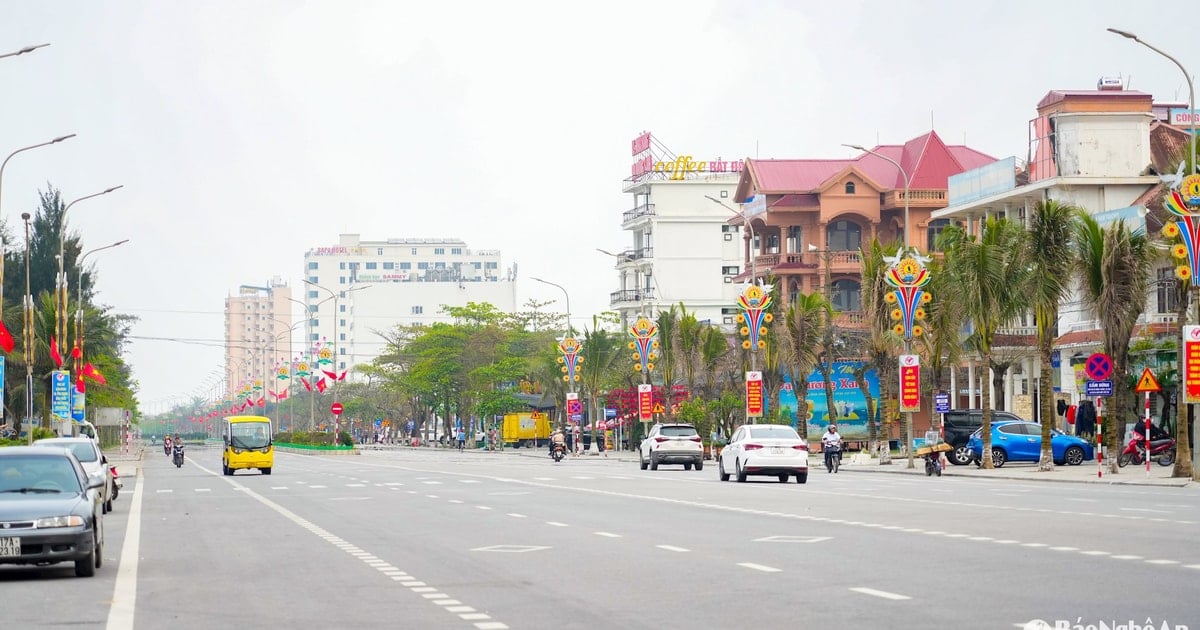











Comment (0)